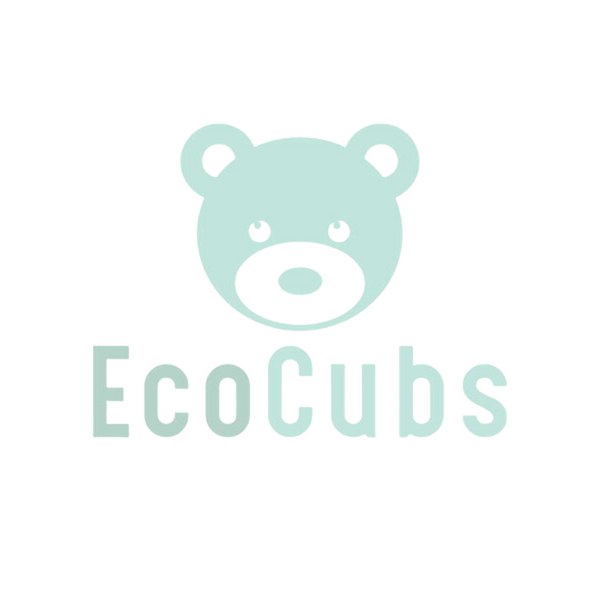
Do Plates Have Microplastics?
What Every Parent Needs to Know About Plates and Microplastics
When pregnant with my second son, I came across some concerning research. What I read was shocking- microplastics had been found inside human placentas and even in children’s stools. It was terrifying to realise these tiny particles were already affecting the youngest and most vulnerable among us. It was actually the entire catalyst for starting EcoCubs- as I realised that a lot of the "safer" options existing in the market still contained plastic or melamine.
I've done a whole other blog post about how we came to start our brand that you can read here: The Beginning of EcoCubs- Finding our Bamboo Dinnerware 'Unicorn', but for now, I just want to talk about microplastics and how simple products like a kids plates can be impacted by them.
What Are Microplastics?
Microplastics are tiny fragments of plastic less than 5 millimetres in size, about the size of a grain of sand or smaller. They come from:
- Primary microplastics: intentionally made small, like microbeads in some skincare products.
- Secondary microplastics: from the breakdown of bigger plastic items — think water bottles, plastic bags, or even kids’ plates and bowls.
Sunlight, heat, and everyday wear break plastics into smaller bits that are easy to ingest but hard to get rid of.

Why Should Parents Be Concerned About Microplastics?
To make it brief:
- Microplastics have been found in human stools and placentas, meaning babies are exposed before birth.
- They can carry harmful chemicals linked to inflammation and other health concerns. Although research is ongoing, early findings are worrying.
- Kids are especially vulnerable due to their developing bodies and immune systems.
- Microplastics also cause widespread environmental harm- damaging oceans, wildlife, and ecosystems that sustain life.

Do Kids Plates Have Microplastics Present?
In short yes, most every day plastic items including dinnerware, even those labelled as BPA-free or "recycled plastic", still release microplastics, particularly when heated or scratched. Using plastic plates in the microwave or dishwasher accelerates this process and as they age they inevitably start to break down.
Many "bamboo dinnerware" still contains melamine resin which while it won't break down in to microplastics, it will release toxic chemicals when heated, such as formalydhehyde, and still has environmental impacts in landfil.
So What Can We Use Instead?
We've done a whole guide on this in another blog post if you want to take a deep dive in to the best options: What is the Most Non-Toxic Dinnerware? Our Guide to the Best Non-Toxic Kid’s Dinnerware, but as a quick summary, here's what we recommend:
- Choose 100% plant-based, melamine-free bamboo dinnerware made with natural binders, like EcoCubs microplastic free plates.
- Opt for stainless steel plates and bowls or even natural wood dinnerware, which don’t shed plastics.
- If your not concerned about odour absorption or smells, 100% food-grade silicone is safe, although it still has some environmental impacts (you can read about that here Is Silicone Plastic? The Truth about this Popular Non Toxic Dinnerware Material)
- If you're not concerned about breakages with wild bears, glass is a good choice.
- If you have to use plastic, avoid microwaving or dishwashing to delay the breakdown and choose recyclable plastics when possible.

Final Thoughts
Microplastics are a serious concern, but by making informed choices, we can protect our families and the planet. Thankfully there are a lot of great options available now, so you don't have to choose plates that have microplastics anymore- you just need to read the fine print. Try to find brands that are transparent about what goes in to their kids plates and dinnerware (like EcoCubs *wink wink*)


 https://admin.shopify.com/store/ecocubs/pages/47942533252
https://admin.shopify.com/store/ecocubs/pages/47942533252